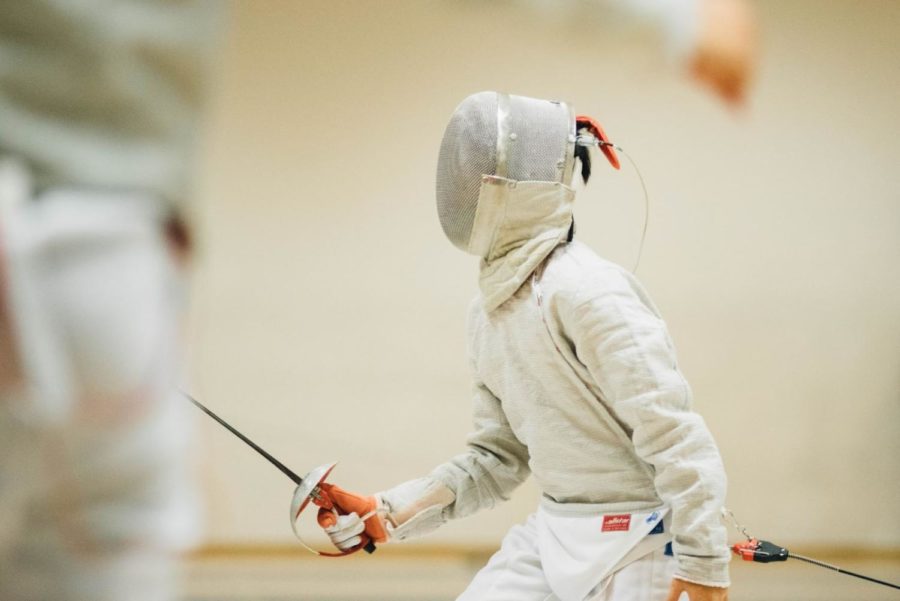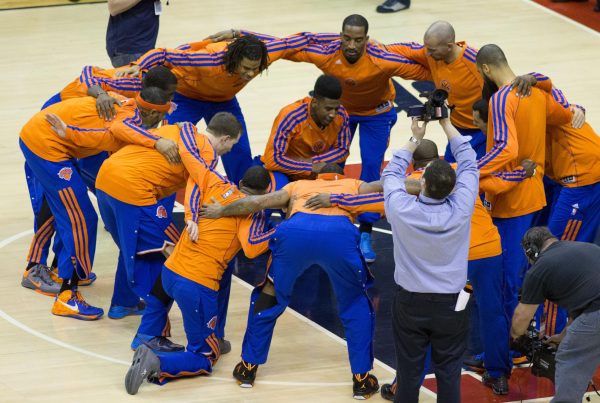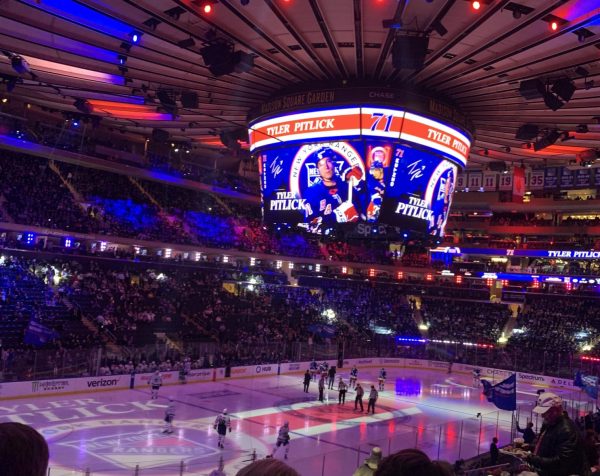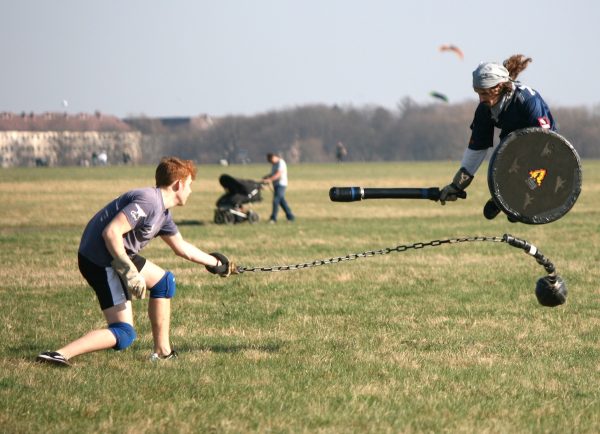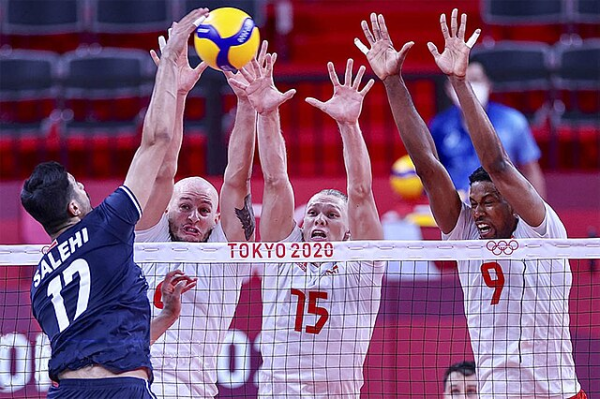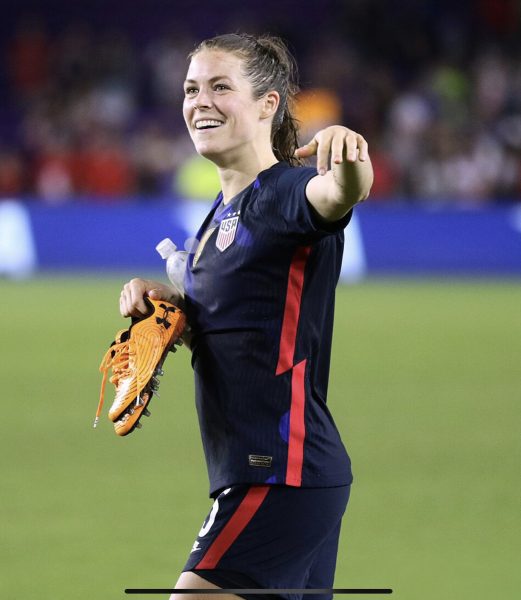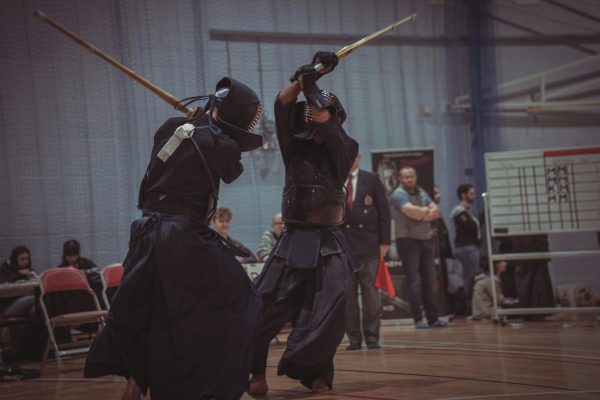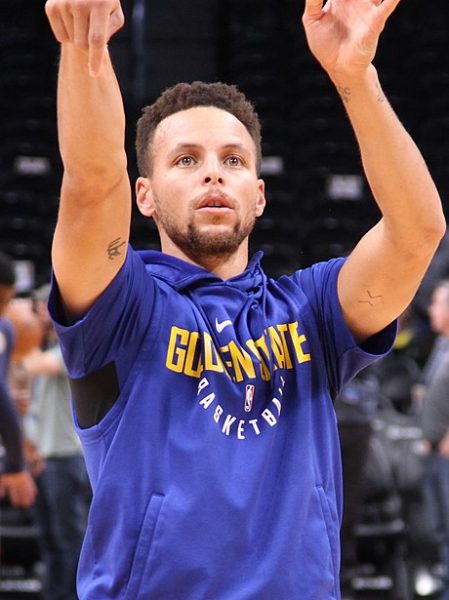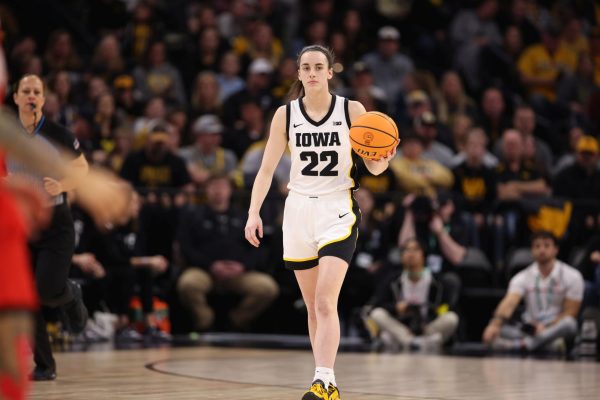The Future of Men’s Saber Fencing
While fencing is a sport that doesn’t receive as much attention as some of the bigger sports, by no means is there less going on. Fencing is on the rise, with more people tuning in to the 2020 Olympic fencing final than any other fencing event in recent years.
Fencing is the sport that epitomizes everything your mom told you not to do: hit people with swords and yell as loud as you can. However, fencing is rooted in respect, and a majority of the competitors are friendly with each other off the strip.
Before we can get into the results and lineups before and during the 2020 Olympics, we have some questions to answer. The most important question is also the most evident: what is fencing?
Fencing is an individual sport in which two combatants spar to score enough legal touches to win the match. The three types of fencing are saber, epee, and foil, and they are each complete with their own rules, scoring methods, techniques, and weapons. The most fast-paced discipline of fencing is saber.
Saber fencing is unique in that fencers can either poke or slash, as opposed to epee and foil, where fencers can only score by poking their opponent with the tip of their blade. This makes it a much more physical and fast-paced match and, therefore, a better spectator sport. In saber, the basic way to score is by hitting above the belt. However, the plethora of technicalities and rules make scoring in saber challenging, as there are many rules relating to priority and intent that require mastery to consistently win touches at a high level.
Fencing is also different from most other Olympic sports as it is an entirely individual sport, and even team events are fenced individually. Speaking of teams, we need to address the disparity of teams present at the previous Olympics, as well as the teams going into the next one.
Some nations, such as Italy and Japan, were able to send more than twenty competitors to the Tokyo Olympics across the three disciplines while others, such as Argentina and Senegal, only sent one. That is not to say that these fencers are worse than the rest of the group, but that the qualification path is made so that more affluent countries can easily send dozens of competitors.
The main way to qualify for the Olympic games is through tournaments held across the world in the season leading up to the Olympics. Most competitors gain access to the tournament through the team event, which selects the top-ranked teams. A few select spots are given to the individual fencers who don’t qualify through their country’s team, but there are only 10 to go around for each event. Many fencers outside North America and Europe don’t always attend these tournaments, which means that some countries have easier access to the points needed to qualify.
The other reason some countries send more athletes to the Olympics is because they have stronger fencing programs. Fencing requires facilities, coaches, and equipment, which all cost money. Some programs have vast funding, but programs in third-world countries struggle to provide adequate funding. As a result, there is hardly any money to spend on improving coaching or equipment and virtually nothing to spend on travel for athletes, leading to a point disparity between wealthy countries and some of the more developed countries.
In the men’s world standings, there is not a single African or South American athlete in the top 15, and only one Egyptian in the top 20. In the women’s, the first non-European or Asian is an Algerian in 31st. In the European and Asian categories of competitors, however, at least a couple of athletes have a shot at winning gold in Paris next year.
In the men’s category, Georgian Sandro Bazadze is number one in the world and is therefore guaranteed a spot through the individual qualification path, as Georgia’s team is not strong enough to qualify for the team event. However, the Hungarian Aron Szilagyi, who currently holds a comfortable position in second place, is a strong contender for the title and has beaten Bazadze in their last two matchups. Szilagyi’s control and understanding of the sport make him a great fencer to watch, and his dominance, even against physically strong opponents, makes for great spectator events.
Aron Szilagyi is looking for his fourth straight Olympic gold medal, with his first coming in London back in 2012. If he wins it in Paris, he will be cemented as one of the greatest modern saber fencers of all time.
The underdog looking for his first big result is Maxime Pianfetti from France, who has been relatively unknown in the fencing world until recently. He made a name for himself when he went to the finals of the 2022 Senior World Championships in Cairo and lost by one point to Aron Szilagyi, who had actually never won a World Championship title until that event. Since then, he has been riding his success, receiving two bronze medals at tournaments in Madrid and Budapest in recent months. A rematch between him and Szilagyi would also be a huge matchup and a chance for Pianfetti to cement his name as one of the best fencers in the world and prove that Szilagyi can lose at the Olympic level.
The Paris Olympics are on the horizon, and many fencers, old and new, have varying opinions on who has the best chance to win.
One of these fencers is 38-year-old Mamadou Keita, a Senegalese Olympian who now works as a fencing coach in Westchester. He went to the Olympics in China in 2008, where he placed in the top 30. He also won back-to-back African Championships in 2008 and 2009 and 2 more silver medals in 2007 and 2010. When he went to China for the 2008 Olympics, he was one of 2 Senegalese fencers and the only African fencer to make it to the round of top 32.
Reasonably, there are about 5 or 6 people who have the biggest chance to take home a medal, and the rest of the competitors have very slim chances for success. As referenced prior, the 3 Europeans, as well as the Korean legend Oh Sanguk, have the biggest chance at a podium result. The best fencer outside of Europe or Asia who stands a chance is Egyptian Ziad Elsissy. When Mr. Keita was asked who he thought the best fencer outside of Europe or Asia was, he said, “I think that Ziad is the best, no question. Some Americans like [Daryl] Homer or Eli [Dershwitz] are strong, but at the end of the day, I would still pick Ziad.”
When Mr. Keita was asked how he felt about the upcoming games and his projected winner, he said, “At the moment, it’s hard to tell. We may think of Oh Sanguk, or Aron Szilagyi, who’s still doing well, or maybe Bazadze, who’s comfortably in the top-4.”
When asked to choose a single winner, he disagreed, saying, “It’s not fair to choose a winner yet, but we can still come up with 4 or 5 people who have a good shot.”
We have to go into the tournament with an open mind, as anything can change at any moment before the tournament begins; some new fencer could come from the bottom half of the top 25 and stun the world, similarly to Pianfetti. We may have a good idea of what will likely happen, but at the end of the day, upsets can and will occur. The only guaranteed takeaway is that no matter who makes a deep medal run, there’ll be some electrifying matches.
“It’s not fair to choose a winner yet, but we can still come up with 4 or 5 people who have a good shot,” said Olympian Mamadou Keita.
Gabriel McCarthy is an Editorial Editor for ‘The Science Survey,’ and he helps improve the quality of the editorials of his classmates. He has a passion...

